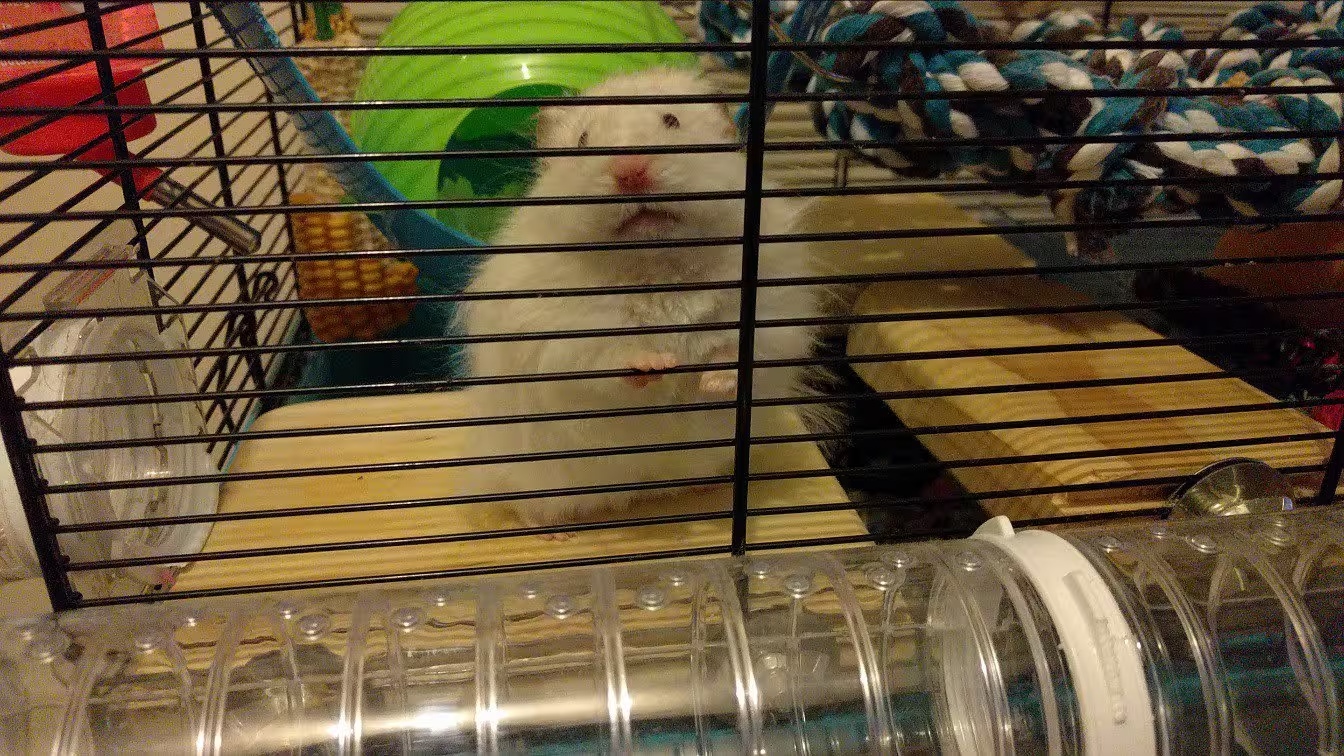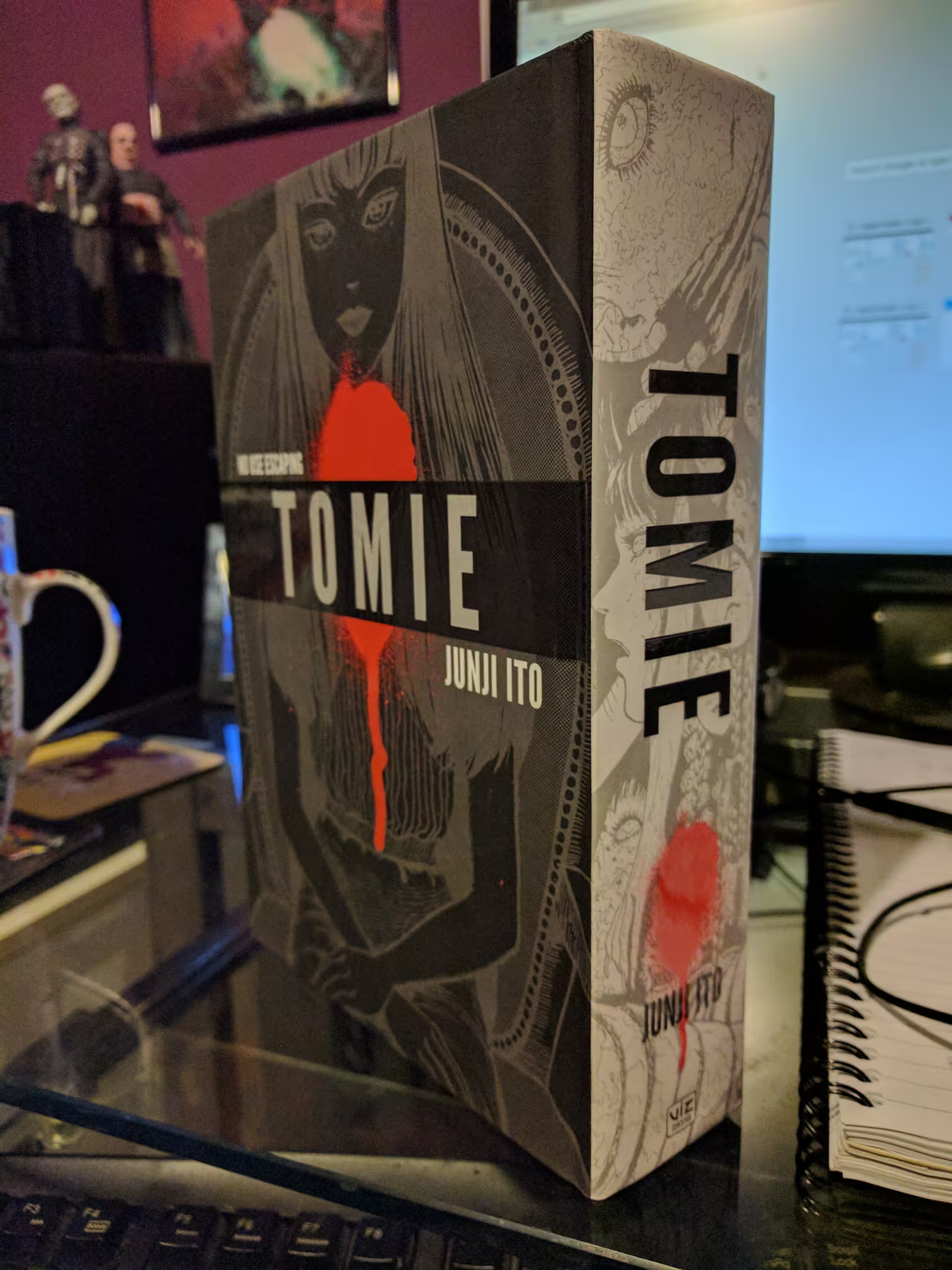Category: Journal
-
I find I consistently find more interesting, diverse music on SoundCloud than any of the popular music streamers.
-
Moomin taking a trip into Costa’s after his vets visit.
-
How the hell did i miss out on Inside No 9 Devil of Christmas?!? That was so fucking dark.
-
Skyrim is such a beautiful game. Bought it on a whim and glad I did.
-
Watching Child’s Play for the first time.
-
Ladyhawke live at O2 Institute, Birmingham
It was 6:35pm and I was stood fourth in line in the freezing cold winter. I was waiting for one of my most anticipated gigs…
-
Inside No. 9 : The Bill was so great. So many left turns in half an hour. These guys have such a unique approach to…
-
Watching Inside No. 9 : The Bill
-
Black Mirror never fails to amaze. “Shut up and dance” was jaw dropping at end with great use of Exit Music (for a film) …
-
5-day plan to take back your digital identity
https://project.wnyc.org/privacy-paradox/
-
Lana Del Rey absolutely killing it with her new song, “Love”. This is the kind of positivity and good vibes the world
-
My collection of horror Manga may spiral out of control…
-
This game is brutal. But sometimes the killer turns out to be a nice person…



